
Radar | Jul 31,2021
Two young men in Debre Berhan, apparently brothers and recent converts from farming into quarry mining, are discussing over beer the prices of quarried stone and aggregates and are arranging deliveries to one of their contractor clients. There are a dozen or more empty beer bottles arrayed on their table, and they are ordering more as they gulp their glasses.
They seem to be novices for the business and betray the fact that they have joined a youth association for quarry extraction to make a quick buck. The brothers continually quiz each other and seek affirmation from one another on the validity of their assumptions, transactions and nature of their new venture.
The younger one, attired in what may pass for a poor provincial fashion imitating an urbanite style, displays wild unkempt hair that he continually twirls as he fidgets uncomfortably in his taut, low-hanging pants, occasionally tugging at his skintight shirt.
The older one is wrapped in a Gabi, the traditional thick white-blanket woven from cotton, and sips his beer contentedly while calculating the gains they have made in the week and dividing the earnings several times over - arriving at the same figure each time.
They are part of an army of uneducated, untrained and ill-equipped humanity, primarily youth, that have been ‘organised’ and unleashed across the country to mine the natural resources of the country.
The brief outlines the benefits of artisanal mining in glowing terms: job creation, rural development, market linkages and others, where nary any one of these benefits has reached the mining communities in the nation.
“Agriculture is not like quarry mining where quick cash can be gotten almost daily,” says the older brother, when a fellow patron at the next table strikes up a conversation with them. “Besides,” he continues, “the land we share between us to cultivate is too small to rely on for our livelihood.” The brothers have abandoned agriculture, says the older brother, because it pays very little, and the investment of labour and time only sees fruition seasonally.
He is only ascertaining a fact that overshadows the Ethiopian agricultural sector, where the arable land available for farming has become scarce and degraded, driven by an increasing population and misguided government land policies. Birhane Gidey Redehey also supports this point in a 2017 article published in the International Journal of Capacity Building in Education and Management.
Those youth that have forsaken agriculture for artesian and [quarry] mining are in it for the quick cash. Birhane Gidey Redehey reports that in his study area, he has encountered that most youth organised in artisanal mining operations are spending down the ‘quick’ money they earn for temporal satisfaction, rather than re-investing or saving their earnings.
On the other hand, the World Bank in a 2013 brief exalts artisanal and small-scale mining operations in poor and developing countries by claiming that it “ensures the existence for millions of families in rural areas,” contrasting it with the approximately 100 million people who “depend on artisanal mining compared to about 7 million people worldwide in industrial mining.”
The brief outlines the benefits of artisanal mining in glowing terms: job creation, rural development, market linkages and others, where nary any one of these benefits has reached the mining communities in the nation.
Those youth that have forsaken agriculture for artesian and [quarry] mining are in it for the quick cash.
In effect, with the assistance of the World Bank, Ethiopia formalised artisanal mining around 2010 by organising the youth into associations to exploit the land for quarry material, gold, emeralds, opals and tantalum, and at the same time unbridling corruption that benefited no one except those in political power.
In an action that beguiles the mind, the Bank measured the success of its mission by such indicators as a five-fold increase in conference attendees, increased global partnerships, and the growth in the number of visits its website received. Thus, it is logical to claim that the World Bank collaborated in this exploitation by giving the government a veil of legitimacy and by providing funding, technical assistance programs, sending mining experts, advisory services and preparing studies.
How the government, and indeed the World Bank, can contrive a solution for youth unemployment by unleashing an untrained, ill-capitalised and unsuited cadre of young men and women on our natural resources defies any rational logic.
Artesian mining in Ethiopia is now dominated by low-skilled workers who extract the resources using traditional methods that render the precious minerals damaged and thus reduce their market value. The activities generate unsustainable waste and leave the natural environment degraded, while the government conveniently ignores the consequences of such actions.
There is no doubt that our natural resources are being squandered by the activities of miners who operate without any effective regulations, professional guidelines, proper tools, skill, training or monitoring.
There is no doubt either that these misspent resources will never be recovered and that the destruction of the natural landscape of Ethiopia is facing irrevocable alteration – an often repeated clarion call that has been met by deaf ears of policymakers in government and international institutions like the World Bank.
Small-scale mining activity is projected to grow rapidly due to soaring prices in gold and other precious stone prices, land shortages, population growth and rising poverty. Unfortunately, in a rush to fan the policy of creating employment for the youth, lip service is given to the environmentally destructive nature of artisanal mining, and even less attention to the degradation in the value of mining products extracted by unqualified and untrained youth.
Environmental stresses such as increasing soil erosion, degradation of fundamental soil properties, depletion of native vegetation cover, loss of biodiversity and genetic resources, alterations of the hydrology and marginalisation of farmlands caused by the operation of un-skilled youth in the mining sector are continuing unabated in Ethiopia.
Extraction of our mineral resources should be carried out intelligently by planned procedures, using modern methods, employing skilled labour, applying proper legal regulations, undertaking strict enforcement of rules and by conducting on-site monitoring. Not by the willy-nilly dictums of officials who have little or no knowledge of mining, environmental protection or understand the world precious material market.
PUBLISHED ON
Jun 15,2019 [ VOL
20 , NO
998]


Radar | Jul 31,2021

Radar | Dec 04,2021

Fortune News | Oct 12,2019

Commentaries | Sep 16,2023
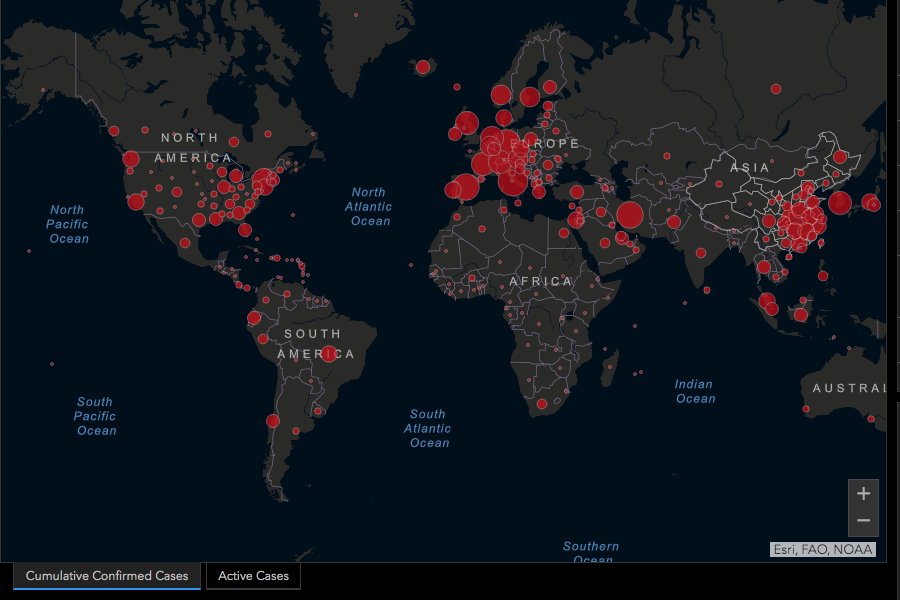
Digital First | Mar 13,2020

Viewpoints | Sep 11,2020

Radar | Nov 29,2020
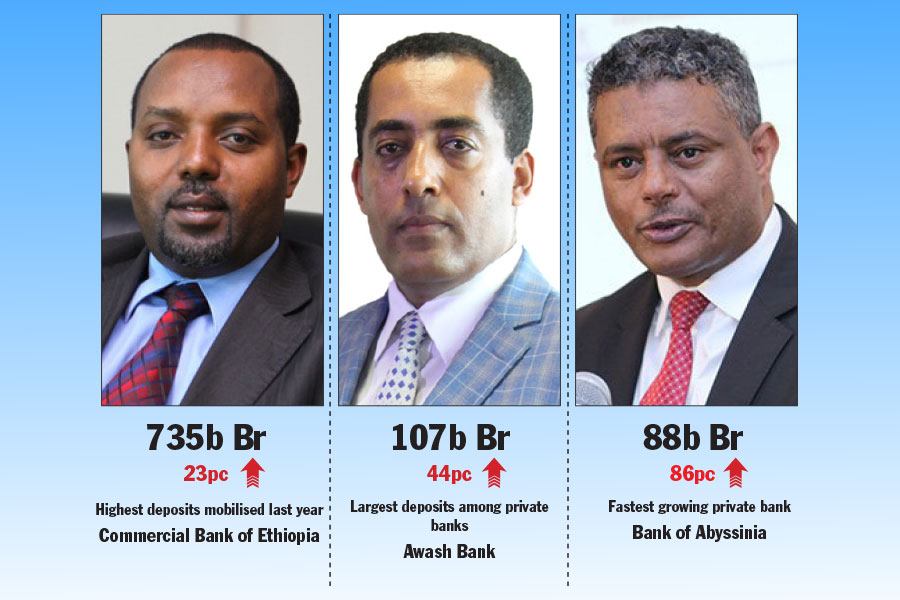
Fortune News | Jul 18,2021

Radar | Nov 05,2022

Fortune News | May 15,2021

Jul 13 , 2024 . By AKSAH ITALO
Investors who rely on tractors, trucks, and field vehicles for commuting, transportin...

Jul 13 , 2024 . By MUNIR SHEMSU
The cracks in Ethiopia's higher education system were laid bare during a synthesis re...
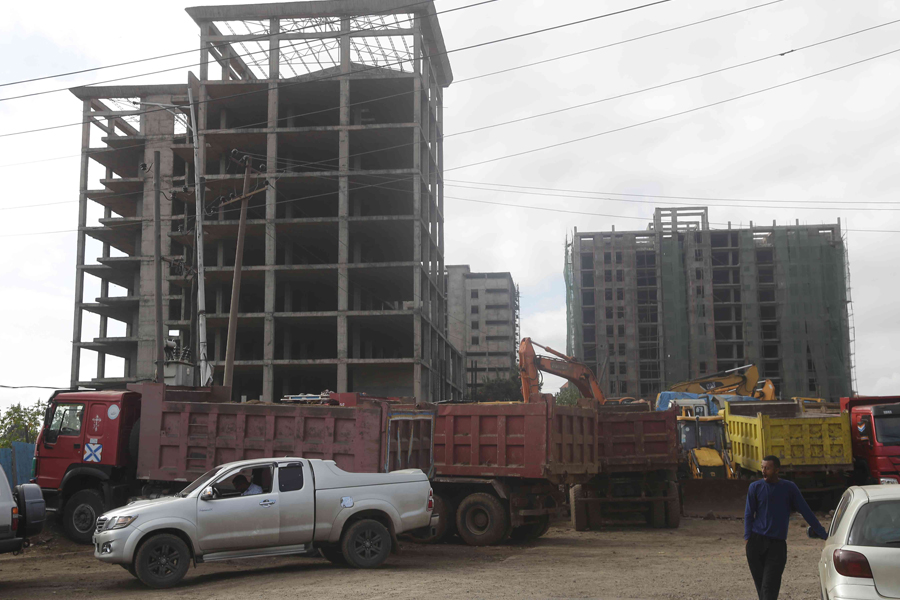
Jul 13 , 2024 . By AKSAH ITALO
Construction authorities have unveiled a price adjustment implementation manual for s...
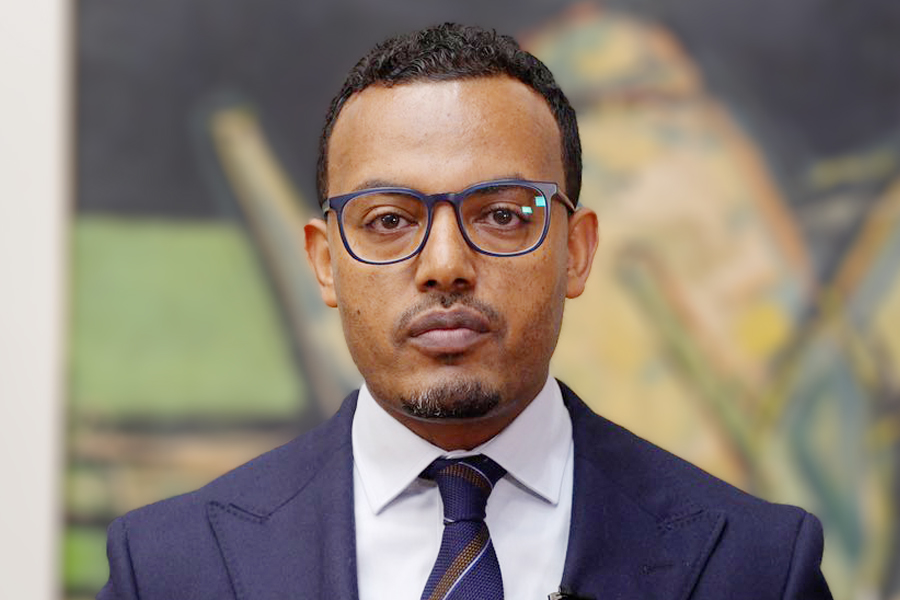
Jul 13 , 2024
The banking industry is experiencing a transformative period under the oversight of N...
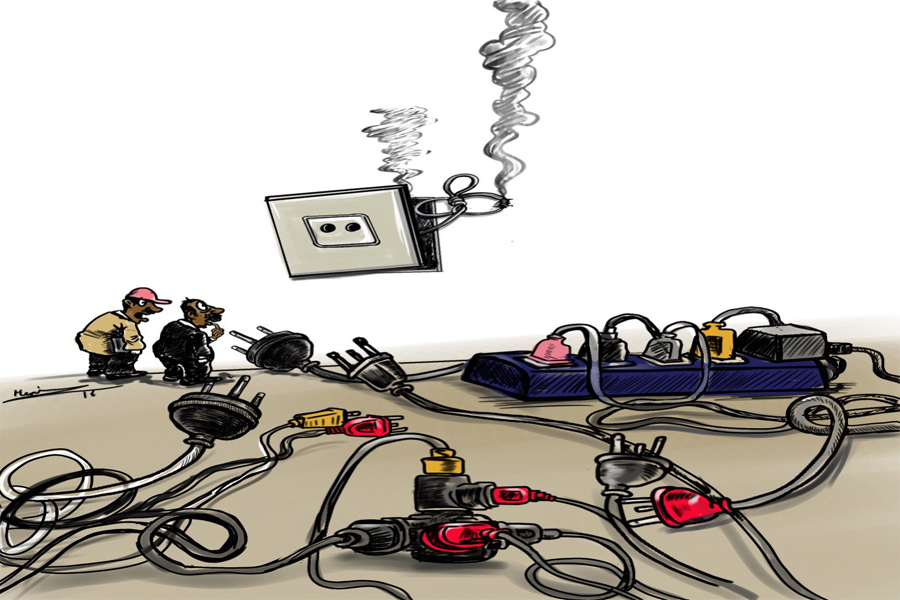
Jul 20 , 2024
In a volatile economic environment, sudden policy reversals leave businesses reeling...

Jul 13 , 2024
Policymakers are walking a tightrope, struggling to generate growth and create millio...
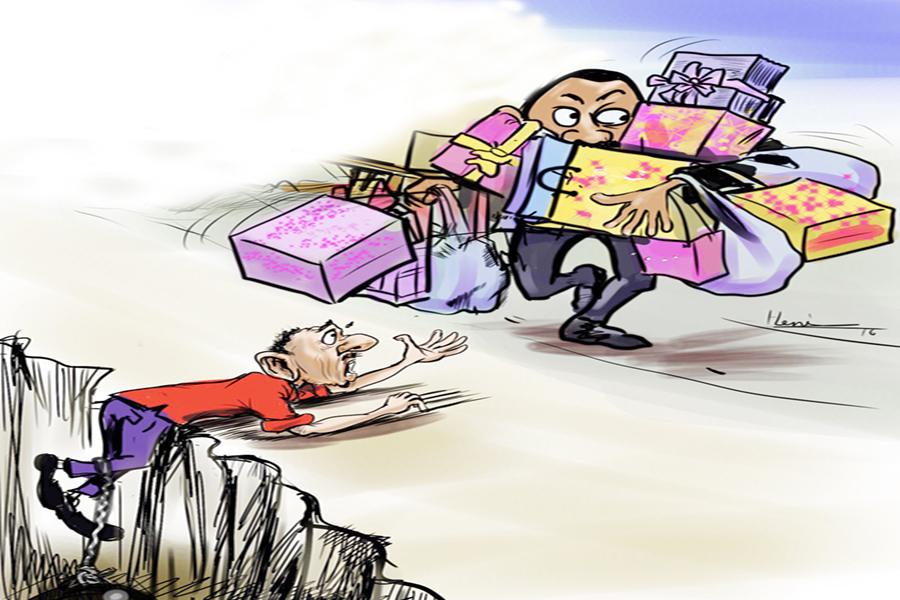
Jul 7 , 2024
The federal budget has crossed a symbolic threshold, approaching the one trillion Bir...

Jun 29 , 2024
In a spirited bid for autonomy, the National Bank of Ethiopia (NBE), under its younge...